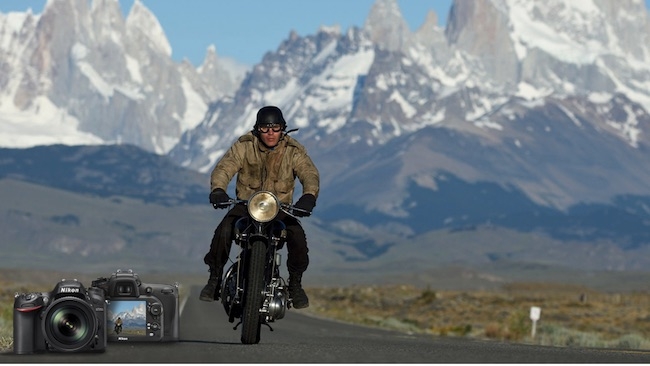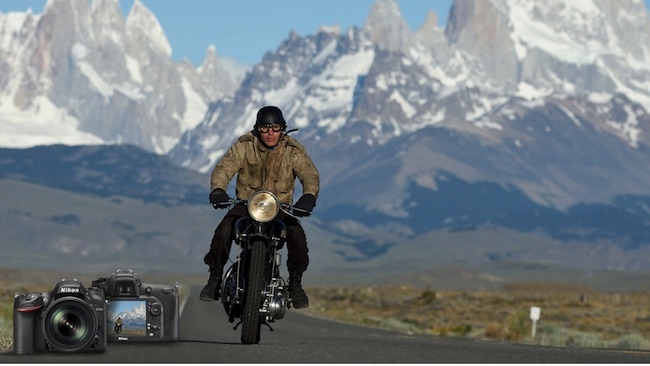
 Nikon D7200 promo shot
Nikon D7200 promo shot
Nikon is aggressively marketing its new D7200 DSLR as a video shooter. It certainly seems to show that the company understands the market and what it demands, but as the industry slowly turns its mind towards NAB could it just be a hint of much more to come?
Nikon has officially announced the successor to its D7100 mid-range DSLR. Dubbed the D7200, Nikon's latest camera represents fairly incremental improvements for photographers, the most noteworthy being the expansion of top-end ISO options from 6400 to 25,600, or an effective two stop difference. The new EXPEED 4 processor inside the D7200 also boasts a 30% increase in performance, which powers many of the enhancements. A larger buffer means this camera can snap off 18 consecutive RAW 14-bit lossless compressed images, 27 12-bit compressed shots or 100 JPEG frames, all increases over the D7100.
A play for the DSLR video market?
While the lack of 4K video capture may cause some of you to ignore this camera, for those that don't need to shoot 4K (yet), Nikon has baked in many video-friendly features in its HD shooter. Yes, it caps out at 1080 HD, but at up to 60p (the previous generation could only muster 60i). However, that 1080p60 capture is in a crop 1.3x mode (on top of the normal crop of 1.5x versus full frame). Like the D7100, the D7200 does not have an optical low pass (OLP) filter, which the company claims leads to sharper pictures. The problem with video performance without an OLP filter, when downsampling from the larger sensor to 1080, is the introduction of moire, aliasing and banding, which an OLP filter helps mitigate. The difference here is in that EXPEED 4 processor, which does a much better job of processing the image. In the video below from Nikon, there's a telling comparison of moire between the D7200 and the D7100 (at 37 seconds, although the entire video is worth watching):
If you watched the video, you've likely noted the introduction of a 'Flat' picture style for increased latitude. There's also a 'Clarity' style for decreased noise, but the features for video shooters don't end there. Shooters can now use Auto ISO in manual mode for those challenging high contrast shooting situations when you can't control the light. Nikon has even added zebras, so you'll know via the LCD display whether you highlights are clipping, and a built-in stereo microphone with 20 steps of adjustment.
What does this mean for the future?
The timing of this camera announcement, a month or so before the 2015 NAB Show, seems like a calculated ploy, but to what end?
Back in January of 2014, electronics review site Trusted Reviews interviewed Zurab Kiknadaze, a European Product Manager at Nikon, about the future of video capture for its products: “We are aware of the need for, and request for, 4K video recording ... It is a bit tricky, it’s not something that we are purposefully excluding from our cameras; however we need to approach it carefully. There are high-end cameras that produce this but it just puts such a load on the equipment. For us, because consumers are demanding it we are aware of this and will be looking into it for the future."
Since that time, the industry has seen an explosion of 4K video shooters at nearly every price level, for all types of productions. 4K capture is no longer the exclusive domain of the high-end. Nikon, with the introduction of the D7200, is making an argument that it understands what video shooters want. But, in the run-up to NAB, is Nikon really priming the pump for an even bigger announcement, one that puts it into the 4K camera market? We will know in about a month.
Tags: Production


Comments